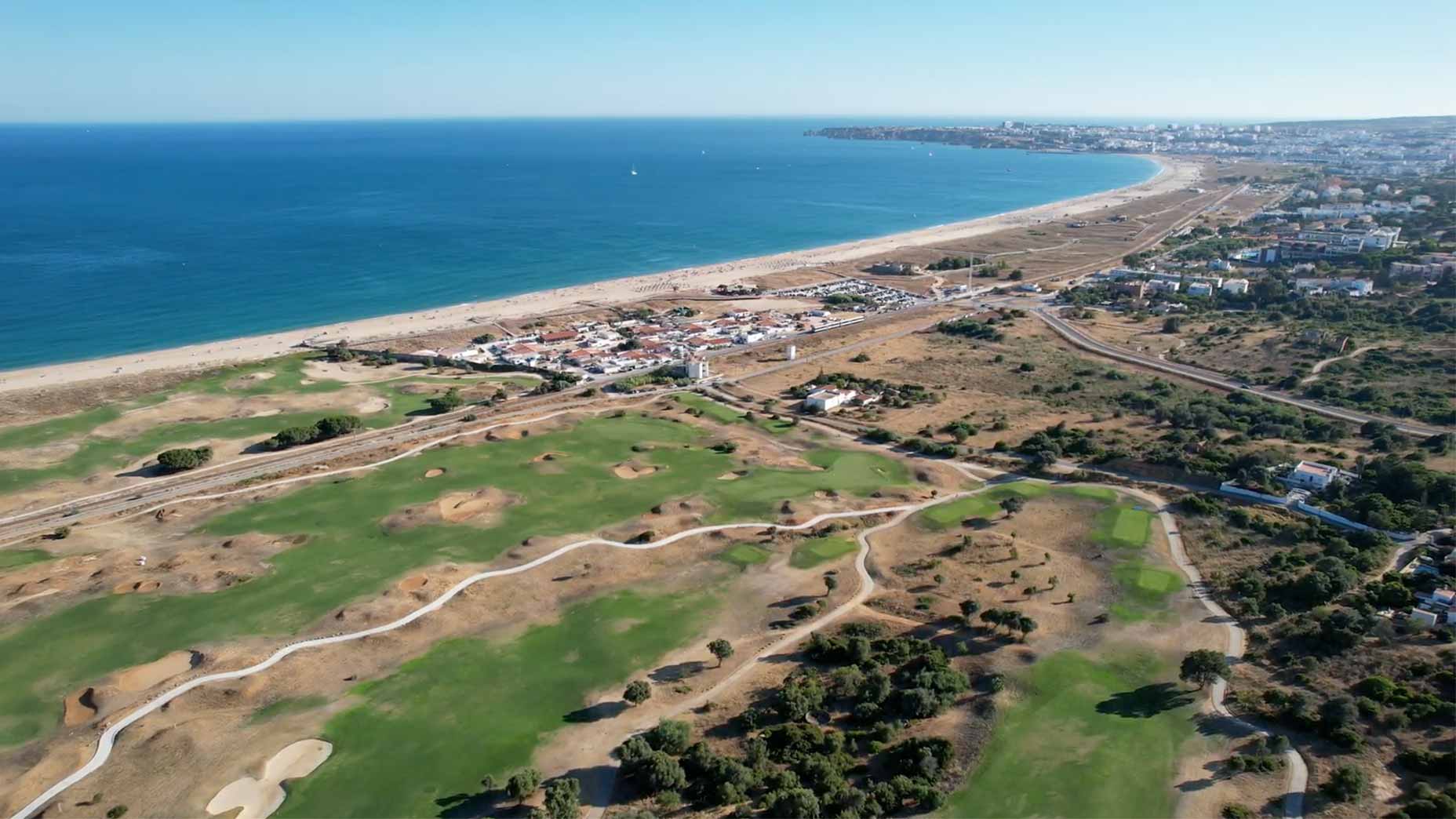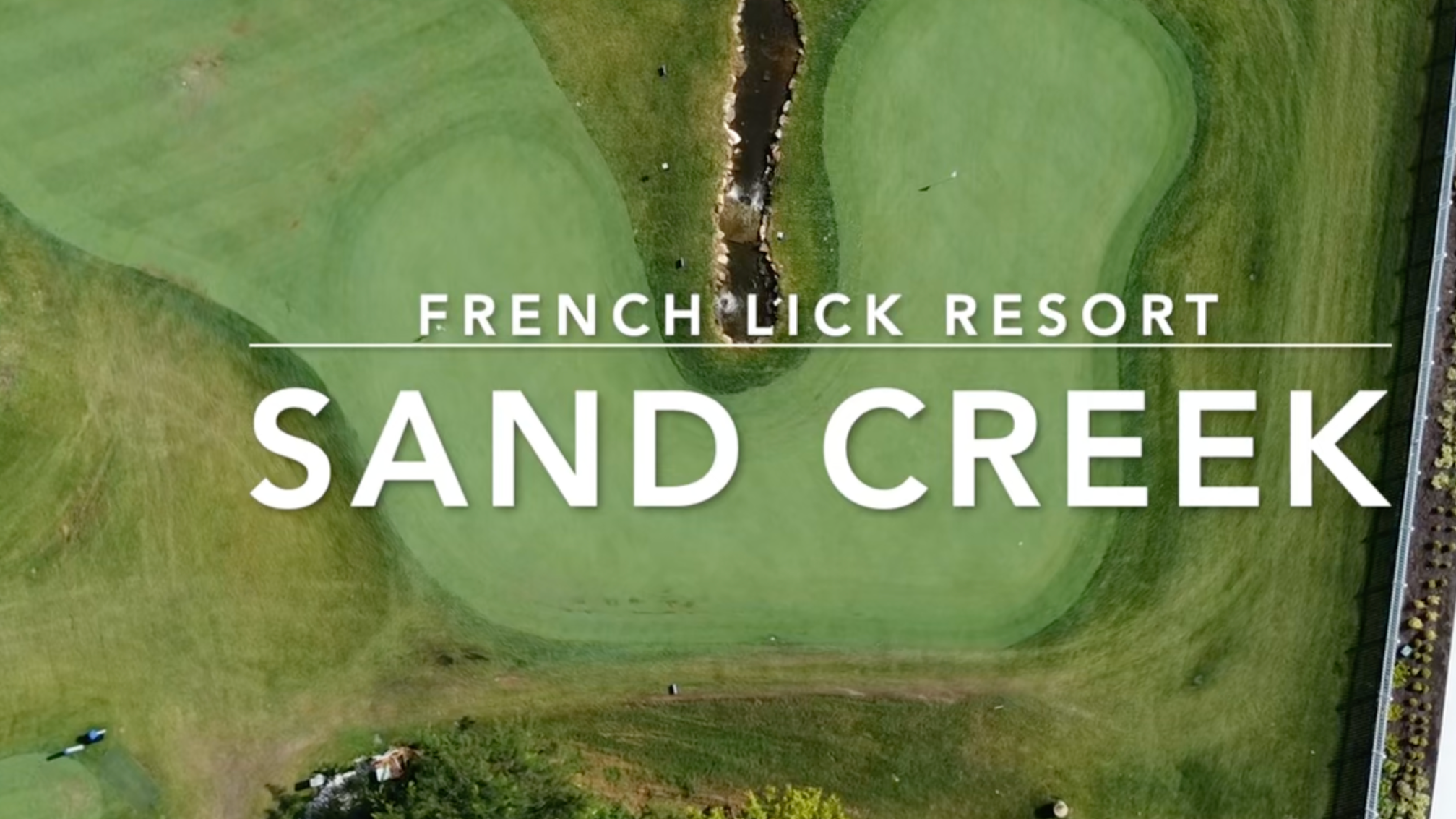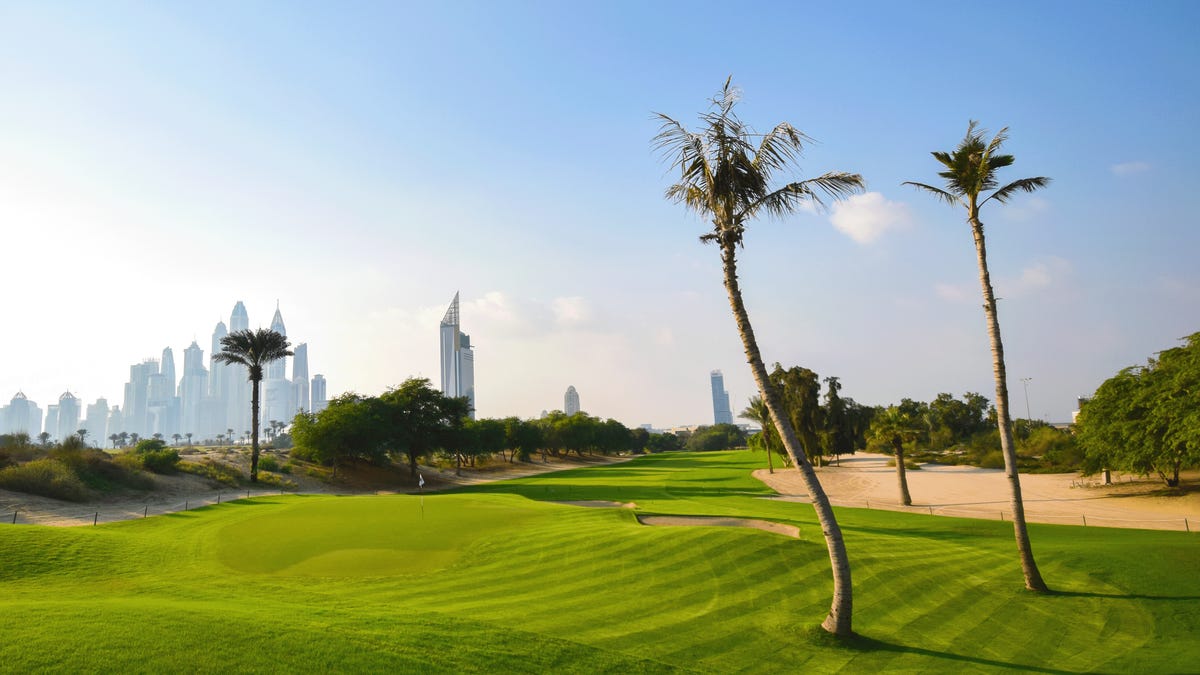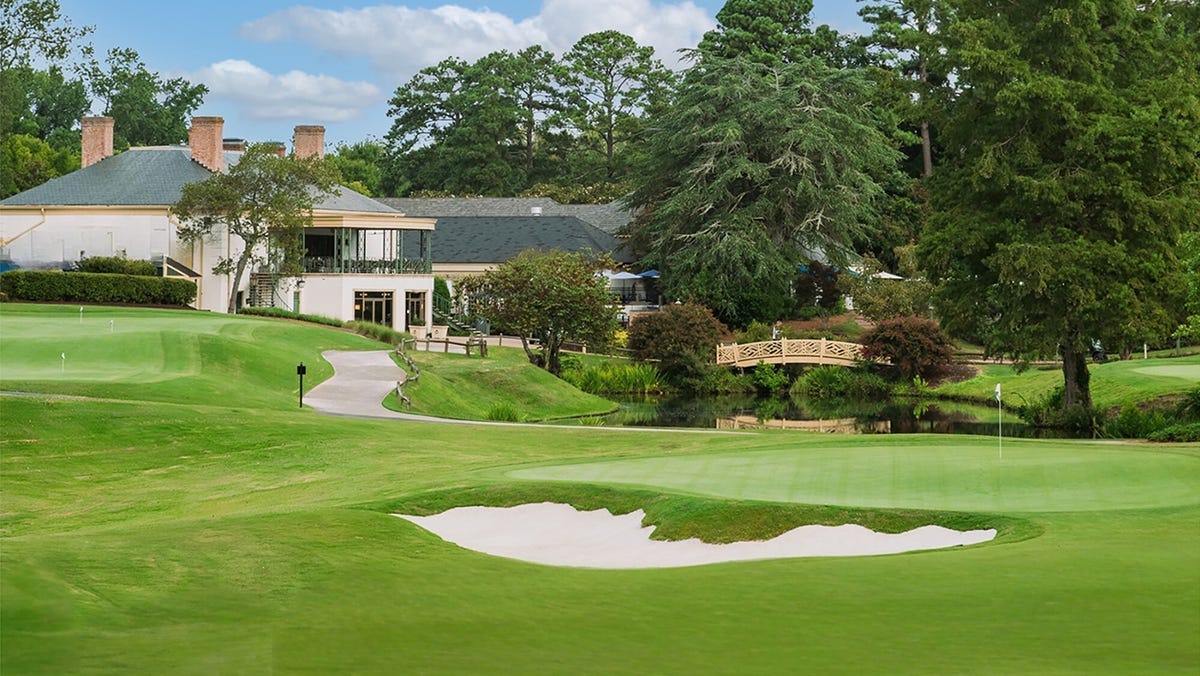The bat signal went up around 8 p.m. local time.
The oscillating fans in our tiny studio apartment were rattling at a pleasing hum, and the last scraps of dinner were still resting on the kitchen table. Olives, peanut butter sandwiches and the final sips of a five-ounce serving of ice-cold Superbock beer, a local favorite. Outside, the first sepia beams of the evening sun cast long shadows on the desert landscape. A cool breeze settled into the air.
Jamie, my partner, looked up from her computer at this scene and grinned.
“Okay,” she said, relenting. “Let’s go.”
We were technically working from the inside of this tiny basement studio apartment in the microscopic beach town of Vila do Bispo — but we were really practicing the time-honored surfing tradition of bumming it. A wallet-sized wireless router and these oscillating fans (no A/C) were as close as we would get to home for the next week. For these glorious few days, our lives belonged to the wild.
Like either of us cared. It was golden hour in Portugal, and we were courting uncertainty.
Within seconds, our tiny black rental car was squeezing through the narrow streets of Vila do Bispo and roaring out to the great unknown. A rolling hillside greeted us, then a stone icon, then a one-lane road. Then, quite suddenly, we were the only car within view, barreling toward one of a thousand cliffsides protecting one of a thousand perfect beaches in the southwest corner of this tiny sea-faring country. A singular power line and a bushel of palm trees in the distance indicated our destination.
First, though, we arrived at one final traffic circle, where we found a royal blue sign with a perpendicular arrow and a very surprising message.
Golfe.
I surveyed the nothingness around us and asked a question that would soon sound very foolish.
“Are you sure?”
GOLF
***
The Portuguese have developed an ironclad reputation as basically the friendliest people alive, and it does not take long to realize why.
The land is rugged and wild, consisting almost exclusively of dramatic cliffs, golden sand and icy blue water. The food (and wine) is fresh, acidic and green. The weather is uniformly warm and dry. Most exercise, many surf.
It should not be a surprise to learn that golf has developed as a natural outgrowth of these living conditions, but for many American golf travelers, it is.
Half a century ago, residents of golf’s ancestral homelands in the British Isles realized Portugal and its sandy soil (and by extension, its perfectly manicured sandy turf) were ideal for golf courses. They’ve been hiding the secret ever since, enjoying affordable tee times and expertly groomed terrain and 300 days of sun.
Once, surfers brought back word of biblical Portuguese waves to America, setting off a tourism boon that helped fund the country’s development. Now, a similar phenomenon is spreading amongst the golfers. New courses are emerging all along the coastline. One American air carrier (United) has even started flying direct from Newark to Faro, the airport nearest to the glut of great golf on Portugal’s southern coast, called the “Algarve.”
Jamie and I did not realize we were going to spend our 10 days in Portugal learning about golf. We planned to see only two courses, beginning nearest to Faro at one of the sleekest (and bougiest) resorts in the country, Quinta do Lago, and ending all the way up the coast at Palmares, where a 27-hole Robert Trent Jones loop sports a Michelin-star restaurant (Al Sud) in the clubhouse.
Soon we realized that just two locations would not do. Like so much else in Portugal, the golf was built for exploring.
At Quinta, where three 18-hole courses are still some of Portugal’s finest golf offerings, the flavor is rigor. Quinta calls itself a “wellness resort,” and vacationers train on sports fields and blow off steam at a handful of world-class workout facilities. Still, golf is the star of the show. The Larranjal course shares its acreage with a fragrant orange grove, but even on a quiet summer afternoon, the breeze blew 20 mph and the greens were as potent as giginha, the Portuguese spirit. Across the way, the South and North courses remain in Portuguese Open condition, two glorious walks through rolling hills with razor-sharp bunkering and careful conditioning.
In many ways, the three Quinta courses share DNA with their peninsular siblings in Spain, visually comparable to courses like Valderrama and El Camiral. Quinta do Lago and El Camiral, a future Ryder Cup host outside of Barcelona, are both owned by the Irish billionaire Denis O’Brien.
But not all of Portugal shares Quinta’s vision. Further west, Palmares endorses a more rugged, natural glimpse of golf in the landscape, with softer edges and blurrier lines. And further north, it is hard to play any golf without sourcing a recommendation for a psychedelic, sparkling new Dunas Comporta. David McClay Kidd’s first design in Portugal has earned whispers as the best new course in all of continental Europe. (“Worth dropping everything to do,” said Sam Billings, a fellow adventurer.) Dunas is tucked into a popular beach destination (Comporta) an hour outside of Lisbon, ideal for American golf visitors and firmly off the beaten path … so long as you can get a tee time. A maintenance issue left the year-old course closed during my visit.
Fortunately, I was not left to perish without experiencing golf in a proper Portuguese surfing destination. There was Santo Antonio, near Sagres, a wild shock of golf in the rolling hills, and the West Cliffs course, near the famed northern surf town of Peniche. For $75 on weekdays, you can earn an audience with one of Cynthia Dye’s finest designs, enjoying ocean views that would be equally at home at Pebble Beach.
Between all destinations, and in all ways, the unifying theory of Portuguese golf was accessibility. We could play anywhere, and pretty reasonably, and be pretty glad we did. We could also play everywhere: A royal-blue sign indicating a nearby course arrived at what felt like every intersection and every highway sign.
Of course, not every destination was created equal. Conditioning in the desert remains a challenge — it is very easy to “lose a course” in a place with so little rain, Francesco Murdolo, Palmares’ self-styled director of golf, informed me. But for the places with a tight grip on maintenance, the golf was exciting, vibrant and serene.
In the end, the country left us free to chase the furthest whims of our sense of adventure — be it to a dream destination or to a golf course off a traffic circle in the middle of nowhere. This, more than any other trait, leaves Portugal squarely in the center of my affections.
Travel — good travel — is about getting lost.
And in the developed world, there may be no better place to lose yourself than Portugal.
You can reach the author at james.colgan@golf.com.










